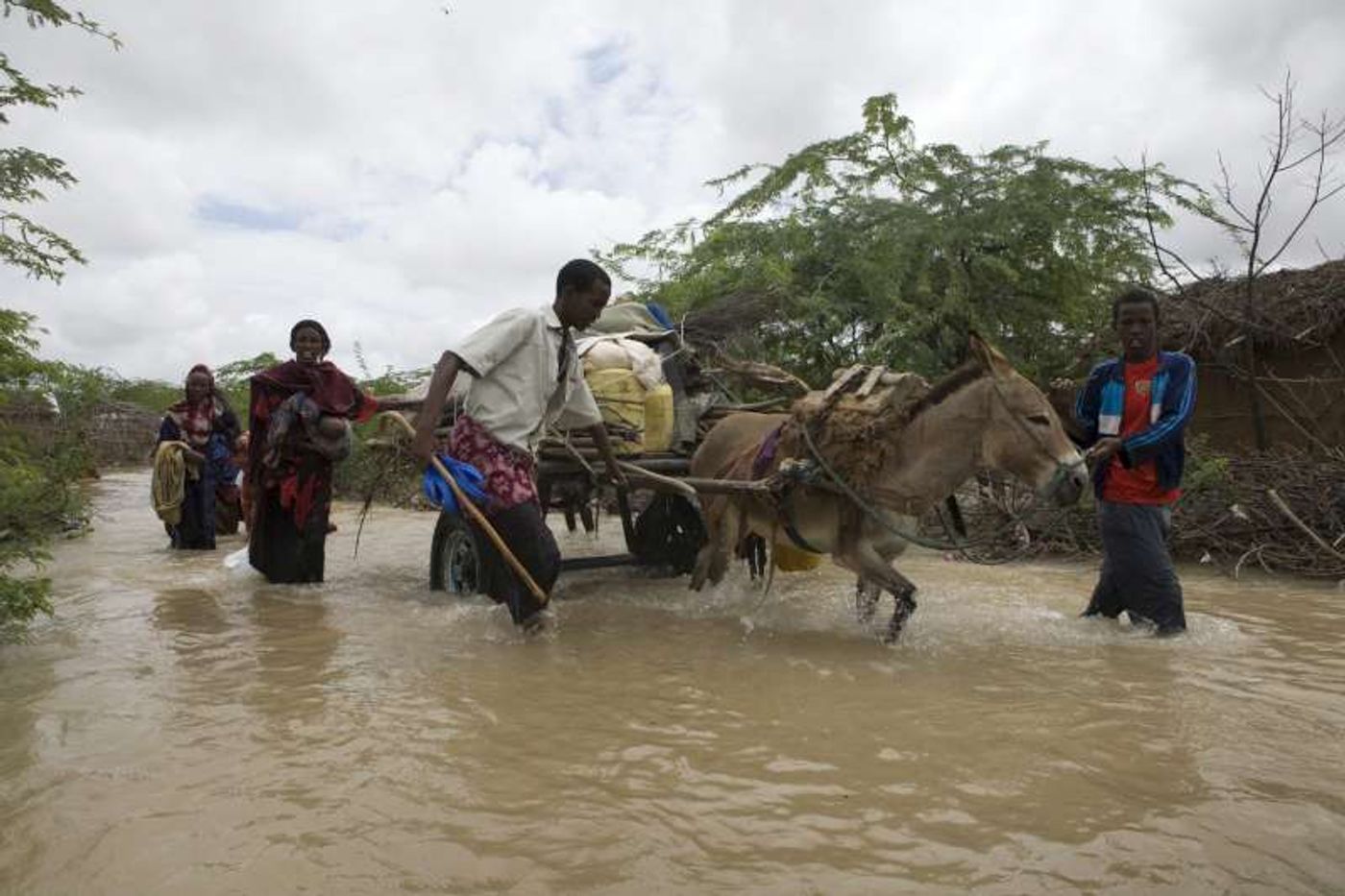Will there really be 2 billion climate refugees by 2100?
The UN predicts that by 2100 we will have a global population of 11 billion people. But by just 2060, about 1.4 billion people could be climate change refugees, according to a study in PLOS One in 2015. Cornell University scientists used this number to extrapolate for 2100, estimating that climate refugees will likely reach 2 billion people, or almost a fifth of the world’s total population. Their study is published in the journal Land Use Policy.
"We're going to have more people on less land and sooner that we think," said lead author Charles Geisler. "The future rise in global mean sea level probably won't be gradual. Yet few policy makers are taking stock of the significant barriers to entry that coastal climate refugees, like other refugees, will encounter when they migrate to higher ground."
Rising sea levels are already sending people to new lands with refugee statuses. Many Pacific island nations such as Kiribati have drafted evacuation plans, not just for a particular coastal city, but for the entire nation. Kiribati president speaks in an interview below on his country’s future.
Geisler and his team analyzed three specific aspects that would inhibit displaced people from relocating inland: 1) areas other than coasts are also affected by climate change; 2) cities may not have the capacity to feed and house all migrants; 3) because of growing refugee numbers, cities and or nations might limit the number of people allowed in.
Regarding the first obstacle, the rising intensity and length of droughts, desertification, and wildfires could make inland areas unsafe to reside in. Furthermore, natural resources may already be exhausted in vulnerable areas and may not support extra people. The second problem also revolves around resources. The issue of sea level rise isn’t just displacing people, but also making fertile river deltas and coastlines unavailable as arable land to grow or produce food on for those 11 billion people. Urban sprawl expected from people flocking to inland cities may leave cities unprepared to deal with the growing number of refugees. Geisler says that there is not enough talk about preparing for the mass migration that will likely happen in countries around the world. The third roadblock, literally, could be from regions and municipalities keeping people out physically, as is such already happening now in certain countries.
The study aims to confront this reality and propose solutions that are proactive. “We offer preliminary estimates of the lands unlikely to support new waves of climate refugees due to the residues of war, exhausted natural resources, declining net primary productivity, desertification, urban sprawl, land concentration, 'paving the planet' with roads and greenhouse gas storage zones offsetting permafrost melt," Geisler said.
Of course, the best-case scenario is all of us working together to limit greenhouse gas emissions and curb climate change. The researchers do admit that their 2 billion number is a worst-case scenario. Do you think we can make their half-empty glass half-full?
Sources: The Huffington Post, Science Daily, Land Use Policy










